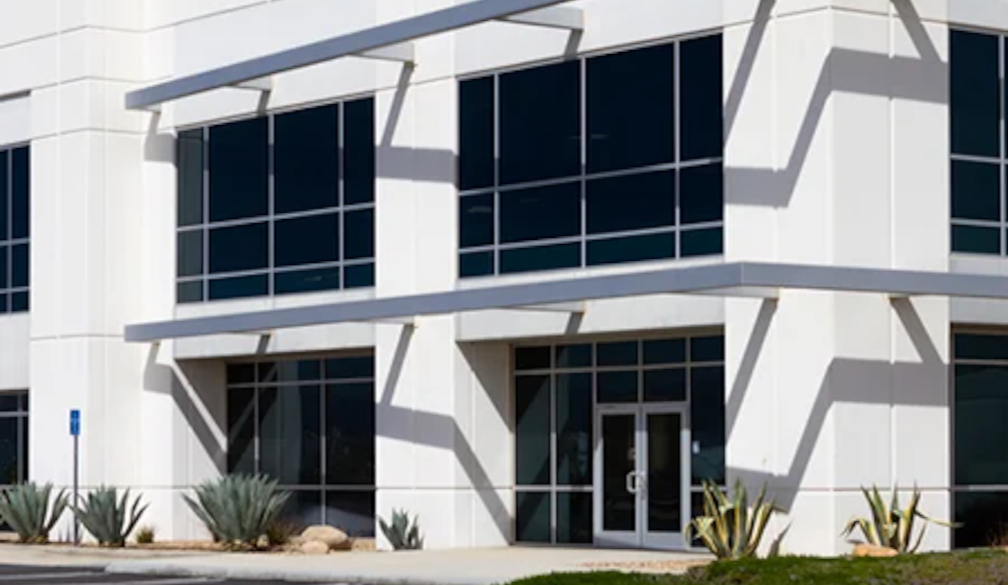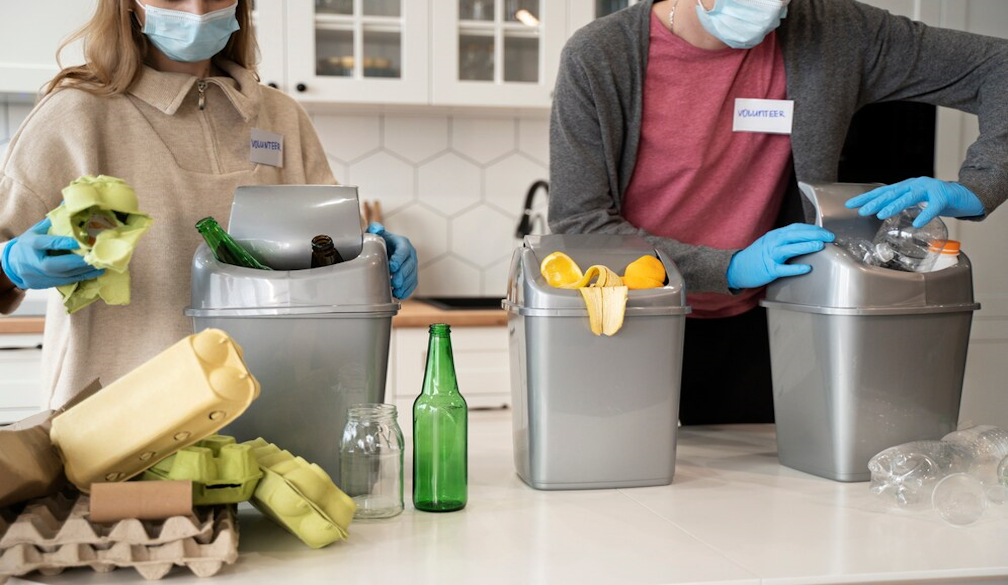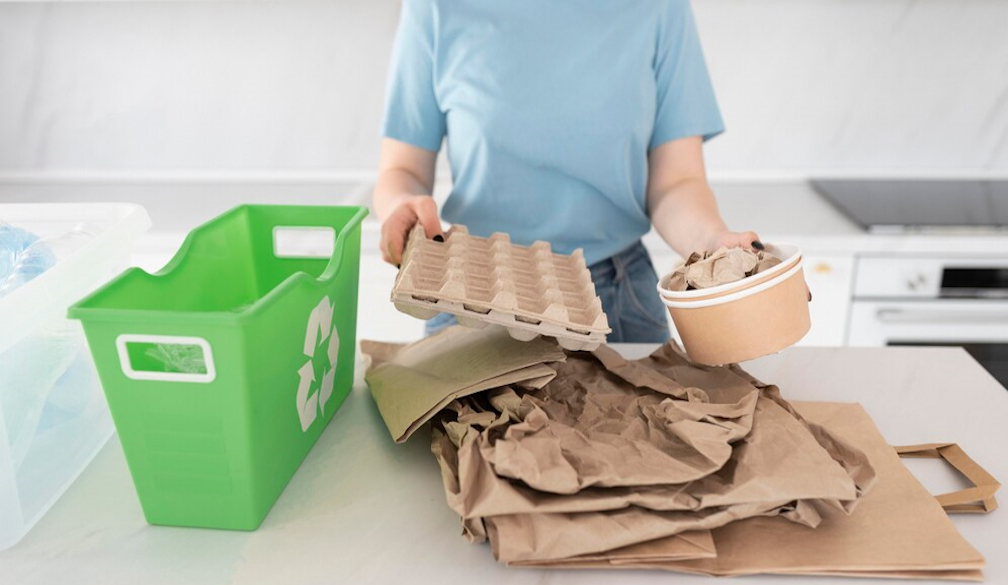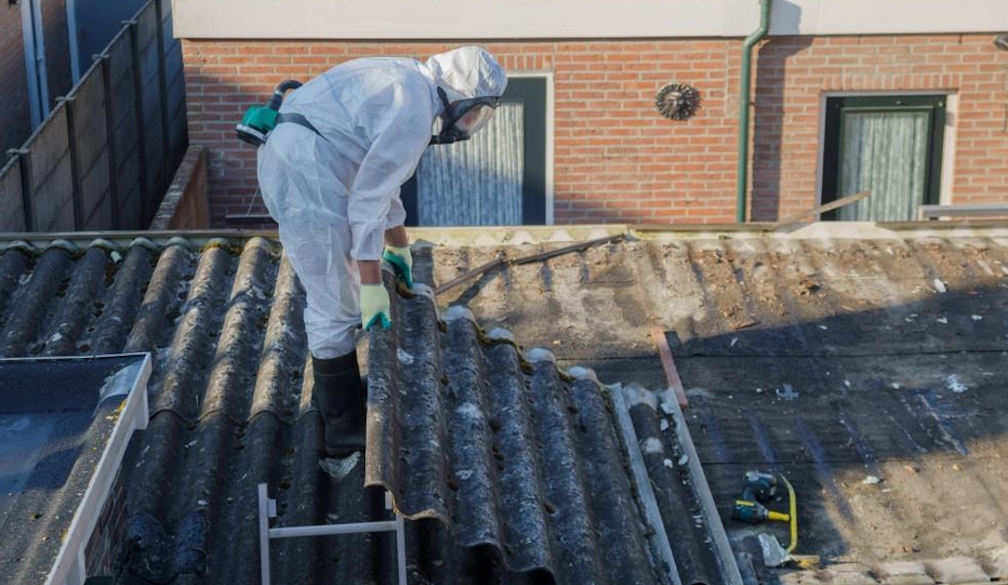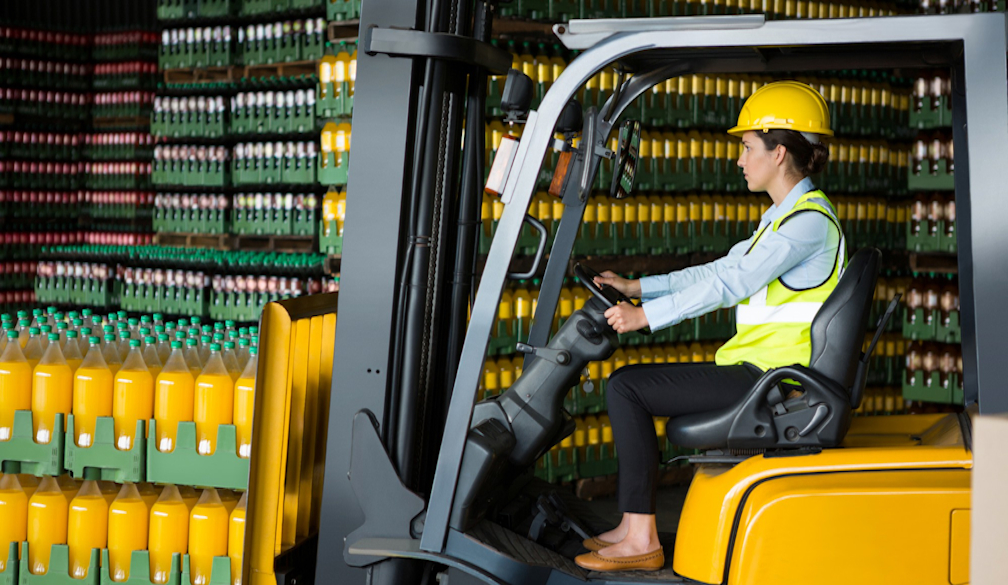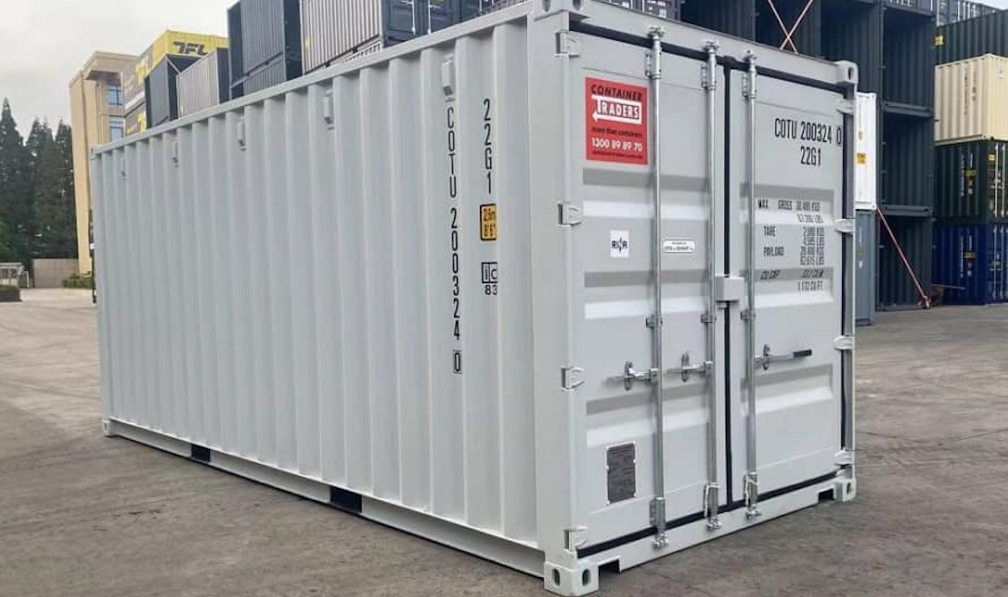Why Accurate Scientific Sieves Are Essential in Material Testing
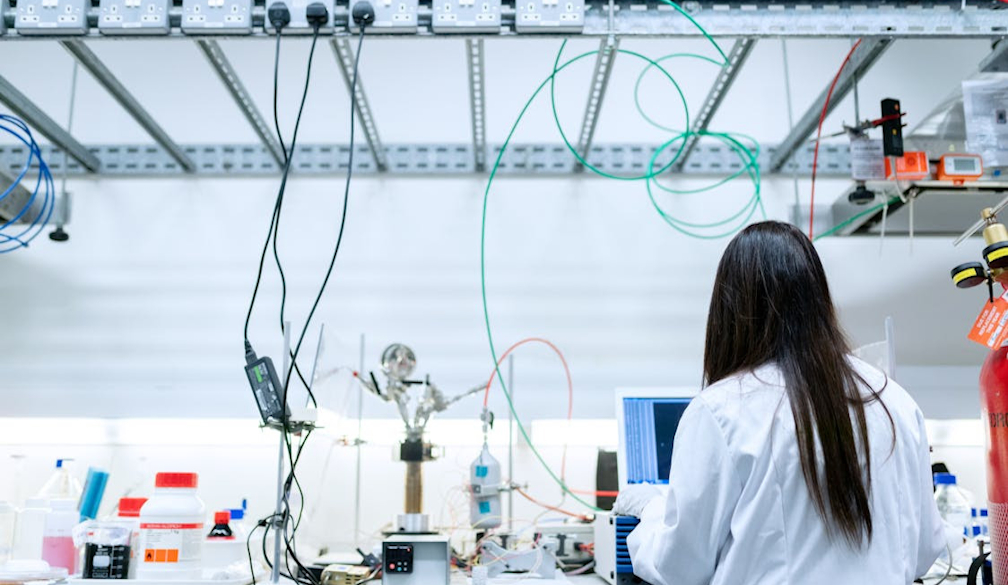
If you work in material testing in pharmaceuticals, construction or even food processing, you’ll understand the need for accuracy in your measurements. A scientific sieve is one of the most important tools for assuring this accuracy and, in turn, ensuring you meet specific quality standards.
If you’re new to the industry, however, you need to know the difference that the accuracy of scientific sieves makes to the consistency and reliability of your results.
Why is Accuracy so Important?
It’s like anything in life. If you want the best results, you must ensure the process is on point. And for material testing, incorrect particle sizes can compromise the integrity of the entire end product. Accurate sieves:
- Ensure the material properties are consistent across batches, giving you more reliable results,
- Meet compliance requirements that are governed by industry regulations,
- Give you a better result in the end, ensuring each component meets the right specifications,
- Are more cost-efficient, preventing expensive reword or product recalls.
How Are Sieves Made Accurate
While it’s impossible to ensure that every opening in a test sieve is exactly the specified size, methods exist that mathematically predict the overall conformance and accuracy. For example, standards such as ASTM E11 and ISO 3310-1 classify test sieves into three different levels of accuracy to help maintain precision in testing.
Verification generally involves measuring a certain number of openings in the mesh surface and using statistical methods to estimate the probabilities of their size ranges. Sieves often undergo re-verification as well before they are classified as certified.
How To Ensure Your Sieves Are Accurate
The key to accuracy is choosing quality.
- Check for calibration. You want sieves that are UKAS or NATA calibrated. This means they have been tested against certification standards and approved for use.
- Look at the materials or quality of the product. Choose sieves made from durable materials like stainless steel, which resist wear and corrosion.
- Find a reputable supplier. Avoid buying from budget sites; instead, purchase your sieves from suppliers with a good reputation for quality. You can find this information on their website, but always back it up with your research and reviews.
- Look for variety. If a supplier sells a wide range of sieves, including different sizes, reinforced prep sieves, and wet wash sieves, you can trust that they know what they are doing.
Finding accurate scientific sieves for material testing is essential if you want reliable results. If you have any questions or concerns, always talk to the manufacturer or distributor before you buy.




